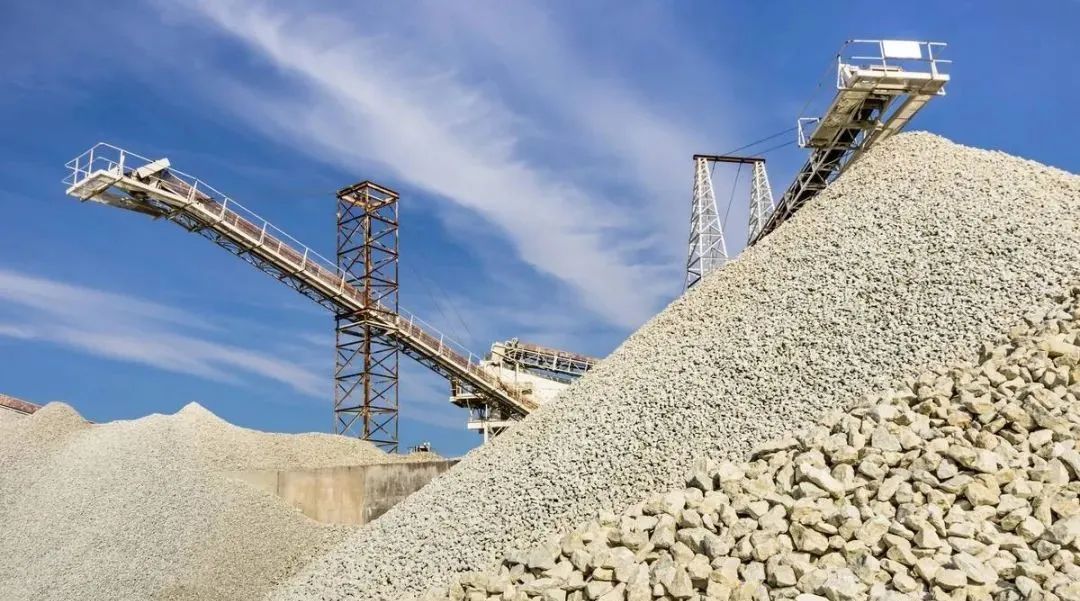
400tph diabase sand making plant process flow
Process flow and equipment for diabase crushing, sand making…

Tel: 86-18736301510
Fax: 86-379-65160018
Email: export@lylzzg.com
Dewatering screen for sale Australia has a wide range applications of washing, classifying, dewatering, desliming, sculting, and can be used to process sand, gravel, aggregate, frac sand, ore, tailing, coal, clay, mine, etc. The design of dewatering screens, depending on the requirements, in single or multi-deck construction.
Dewatering screens are generally applied to the drainage of coarse materials above 0.5mm, and also to the dewatering of finer materials with a particle size range of 0.1-1mm. In the sand washing plant, can be followed sand washer machine for secondary washing, classifying and dehydrating; in ore dressing plant, the sand dewatering screen coarse-grained products containing a large amount of water discharged from the gravity ore dressing machine can directly be dehydrated on the linear dewatering screen; in the coal preparation plant, dewatering sieve can be treated on both the extractive coals and tailings. In these process, dewatering machine not only acts as a dehydration, but also removes a large amount of impurities and mud, so that the finished product with high quality. And screening and dehydration can sometimes be done in the same equipment and operation.
The TS series sand dewatering screens produced by LZZG consists of vibrators, hydrocyclone, screen frames, suspension springs and polyurethane screen panels and other components, which with high efficiency, high processing capacity and small amplitude. Different from ordinary screening equipment, the high-frequency principle of high-frequency dewatering screen destroys the tension of slurry surface and the high-speed oscillation of fine-grained materials on the sieve surface, accelerating the large-density (specific gravity) useful minerals and separation, and increasing the probability of contact with the mesh of the separated particle size is smaller than that of the mesh. Thereby, better separation conditions are caused, so that the material smaller than the separation particle size, especially the larger particles and the slurry, pass through the sieve to become the undersized product.
Material is evenly fed into the feeding end on sieve through feeding box, about 1/3 of moisture is removed at the pre-dewatering sieve plate installed at 45 degrees to the horizontal firstly. After entering the joint of the flat sieve plate and inclined sieve plate, material particles begin to accumulate and settle by gravity, so a thin filter layer is formed and prevents remaining particles from being permeable, so that the filter layer is gradually thickened. The water that fails to pass through screen mesh forms a pool in the upper part of filter layer, and gradually removes under strong motion since the thinner filter layer here. The high-frequency low-amplitude vibration state makes the particles forming the filter layer more and more dense, and vibrates to the discharge opening with the form of filter cake. In addition to removing a part of the water from screen surface, the moisture in material adheres to the surface of the material layer due to capillary action. Since the screen surface is installed at a negative inclination angle, water does not overflow from the discharge port, but flows to the joint pool to complete the material dehydration jobs.
1. Low water content in finished products as low as 12%.
2. Washing, classifying and dewatering on the same screen.
3. Divided deck design can handle different granula material.
4. Variety of screen size can be customized to meet your needs.
5. Polyurethane screen panels for no blocking, high efficiency and long service life.
6. Highest quality vibration motors.
7. Hydrocyclone can be bend to achieve fines recycle.
8. Easy replacement of screen decks.
9. Huck bolted, crossbeam construction for rigidity and ease of maintenance.
10. Widely used, less replacement parts.